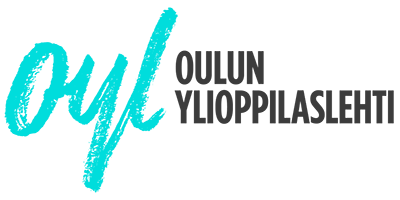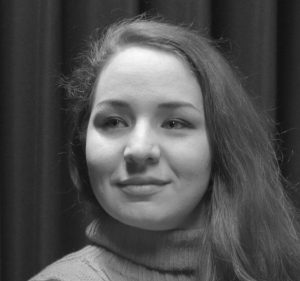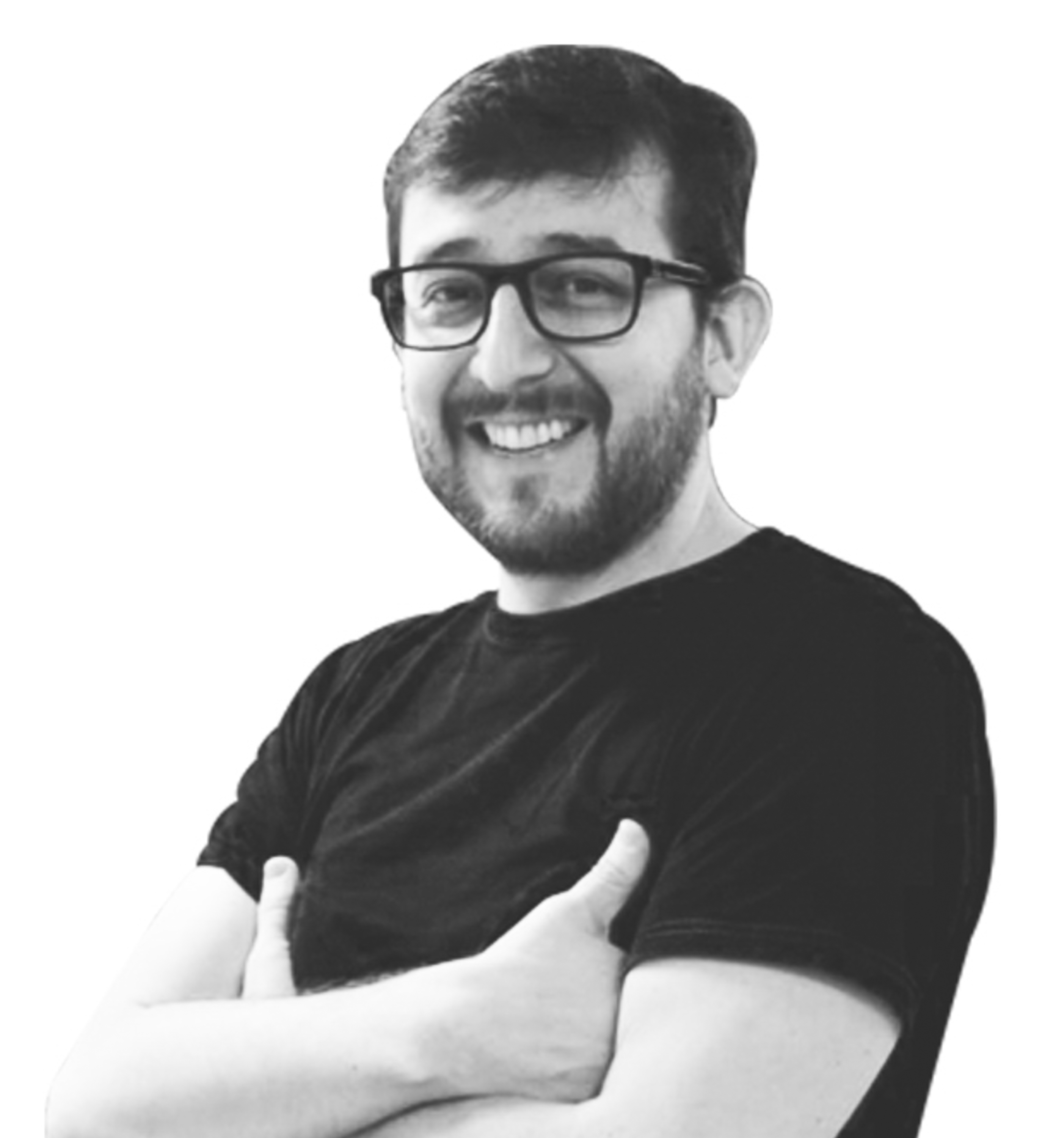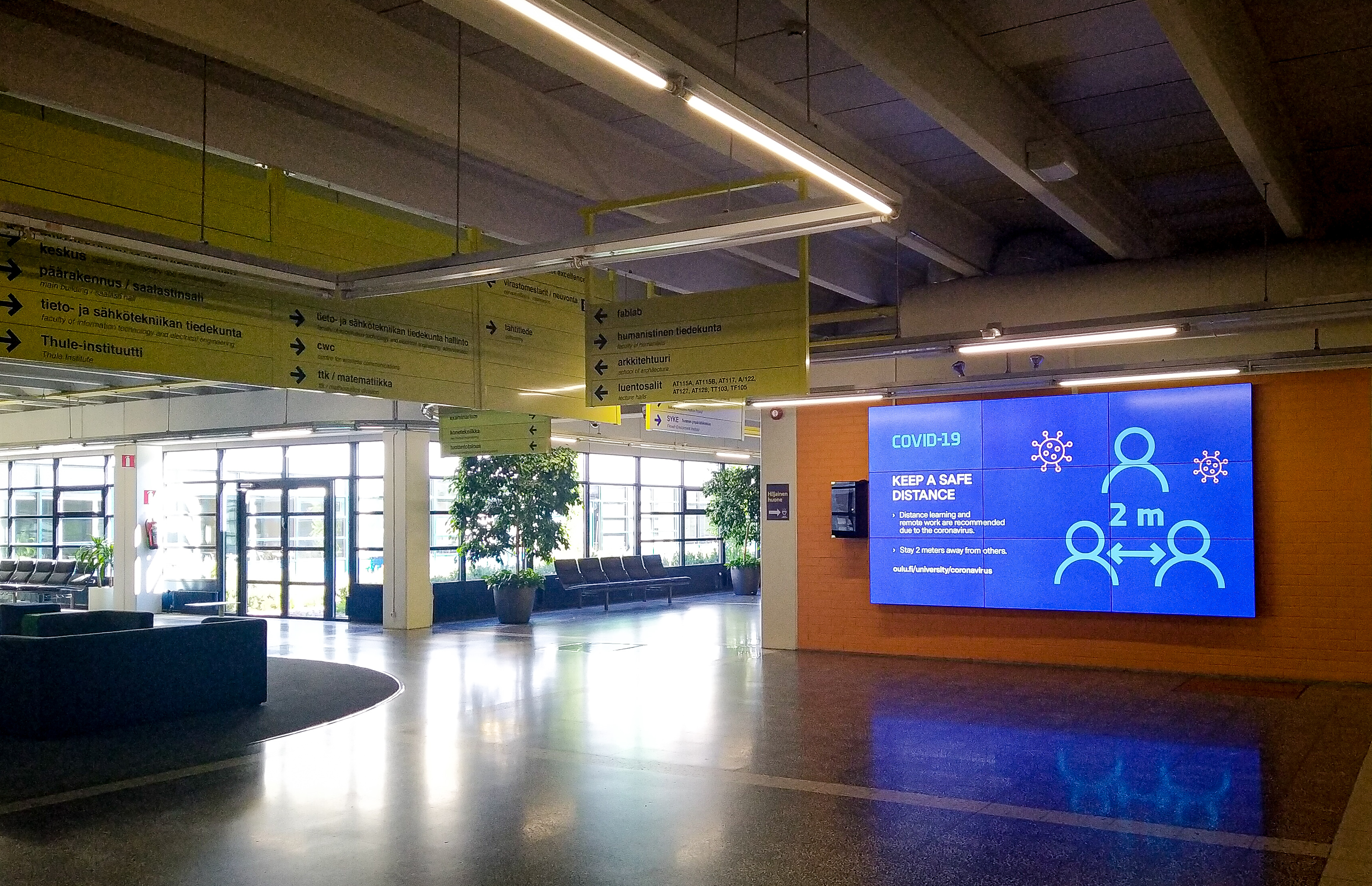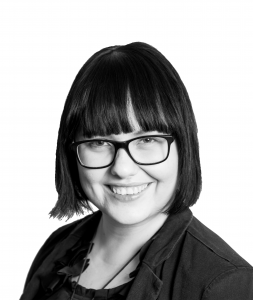Do you need help regarding study matters?
Explain your problems to the teacher responsible for the course. Your first stop in solving problems related to completing the courses should be the teacher that is responsible for the course. Be open and honest! They know what the reality of the current situation is, but they might not be able to guess your specific challenges so bring everything on the table and express clearly what kind of help or arrangements you need.
Contact the Student Union of the University of Oulu’s (OYY) academic affairs specialist Aino Rossi (). Although the specialist is not responsible for making any decision regarding exemptions for your study situation, you can receive guidance on how to proceed. Again, explain openly and clearly what your struggles are and what solutions you are searching for, from the beginning.
Contact University’s Academic Affairs Service Teams for more general matters (), and for matters related strictly to a certain program/faculty, you can find the contact person(s) in the list at the bottom of this page.
If you are struggling with the tuition fees or study credit requirements (Migri’s requirement is 45 credits / academic year and University’s is 60 credits / academic year) contact OYY’s specialists () and University of Oulu () because all cases are handled on a case by case basis.
Accessibility refers to the ways in which physical, psychological, and social environments are designed to ensure that everyone can interact with others on an equal basis despite their individual characteristics. University’s website has a section where you can find advice and resources regarding accessibility matters.
Do you need help regarding legal matters?
In legal matters, you can receive advice paid for by the Student Union from Law office Ahola & Seppänen which can be contacted by phone (+358 45 1846 979) or by sending an email ().
The legal service is open for OYY’s members once a month between 2.30 pm and 4 pm. For Autumn 2020, the dates are: July 15th, August 12th, September 9th, October 14th, November 11th and December 9th.
For example, if you have applied for an extension of residence permit which is not approved, you have the right to appeal against the decision to an Administrative Court and while the appeal is being handled you have the right to stay in Finland.
Do you need help regarding social matters?
Contact your tutor teacher (in case you have one) for more general guidance and advice.
Contact the Social Affairs specialist of OYY Sanna Kangasniemi () for guidance and advice on social affairs matters.
The Study Psychologists offer special guidance and counselling in questions related to learning, studying, life management and well-being. You can find information regarding the Study Psychologist on the University’s website.
For acute help you can contact Oulun kriisikeskus (Oulu Crisis Center) which offers short term counselling and guidance in crises for anyone living or staying in Finland. Some of the staff at the Crisis Centre are able to have discussions in English. To book an appointment, call +358 44 3690 500 (Monday to Friday, 9.00 – 14.00).
In serious and acute cases call +358 44 703 5940 (Mon to Thur, 8.00 – 16.00, and Friday 8.00 – 15.00). Outside of the office hours you can call the Psychiatric clinic at +358 8 315 6707 (Mon-Fri 8.00 – 18.00) or at +358 8 315 2655 (on weekdays after 18.00 and on weekends).
You can as well contact The National Crisis Hotline where you can discuss your thoughts, feelings and situation in life with a worker or a trained volunteer over the phone. For helpline in Arabic and English, call 09 2525 0113 (Mon, Tue at 11.00 – 15.00, Wed at 13.00 – 16.00 and 17.00 – 21.00, Thu at 10.00 – 15.00) and for helpline in Swedish and English call 09 2525 0112 (Mon, Wed at 16.00 – 20.00, Tue, Thu and Fri at 9.00 – 13.00).
Contact the University’s Chaplain Ari Savuoja by phone +358 40 524 5919 or by email () for support. You can discuss in private about any problem you may have, for example, problems with your social relationships. In addition to professional secrecy, he is also bound by the seal of the confessional. University Chaplain is specialised in questions related to religions, different world views and philosophies of life.
Contact your religious community. You can find a list of churches and religious organisations on the bottom of this page.
More general information and tips regarding student well-being and everyday life can be found on University’s website, as well as on Student Union’s website.
Do you need help with financial matters?
Apply for University’s rental support. In case you missed the email sent on June 12 by Saija Kortet, University of Oulu is going to offer rental support for five international students in need who live in PSOAS apartments. According to the info on the email, beneficiaries are selected on the basis of academic success and social reasons. The support is intended to the international students who are at risk of dropping the studies due to the financial problems. The deadline for applying is the 24th of June, so check out the email for more info, hurry up and apply!
Look for a (summer) job. I know, finding a job is very difficult. Finding a job without Finnish language skills is nearly impossible. But this doesn’t mean you should stop looking, it’s more a matter of perseverance and a lot of luck, so make a habit of regularly (maybe once a week) checking the job openings. Here are some useful websites: te-palvelut.fi or duunitori.fi.
Review the Kela benefits. Generally international students living temporarily in Finland are not qualified for Kela benefits, but it is better to double-check the requirements on their webpage according to your own situation. For example, social assistance in the coronavirus situation.
Emergency OYY loan. As a member of the Student Union of the University of Oulu, you can apply for an easy loan from the OYY. The maximum amount is 200 euros, no interest, only a handling fee of 8.40 euros and you have four months to pay it back. The only thing you have to do is find two guarantors and fill in some forms. You can find all the information here, under the “Membership benefits and services” section.
Sell stuff. If you find yourself with some free time in your hands, you can very well start decluttering! Clean up your wardrobe and house and get rid of all the clothes and stuff that doesn’t fit your taste or body anymore. You can use the marketplace or the buy and sell groups on Facebook. Other platforms for selling second-hand goods are tori.fi or netflea.com. If you are brave enough and pair up with some friends, you can rent a table in a physical second-hand shop.
Sublease. If you live in a PSOAS apartment, you have the right to sublease your apartment during times when you are temporarily out of town (for example summer holidays). Note that a tenant is not allowed to make profit through subleasing, so the rent must be the same as the one PSOAS is charging. If you are renting a private apartment or from another company on the other hand, you better discuss with the owner before subletting!
